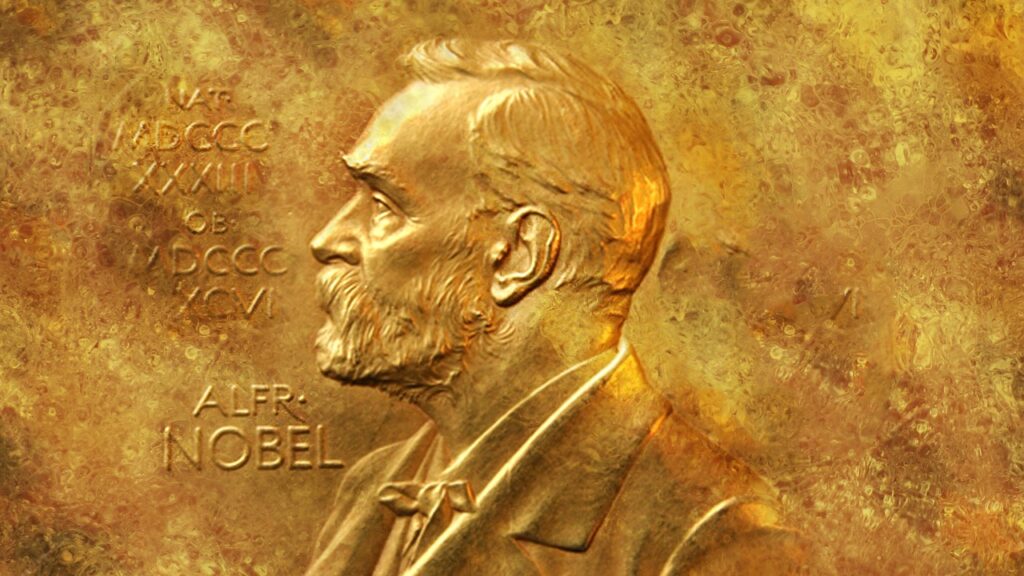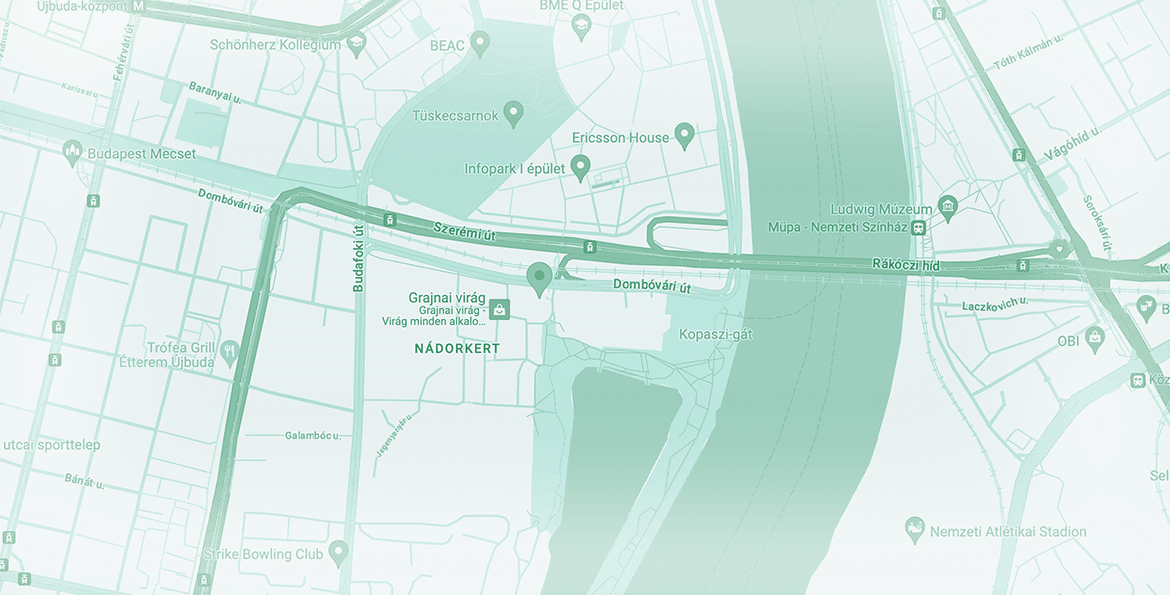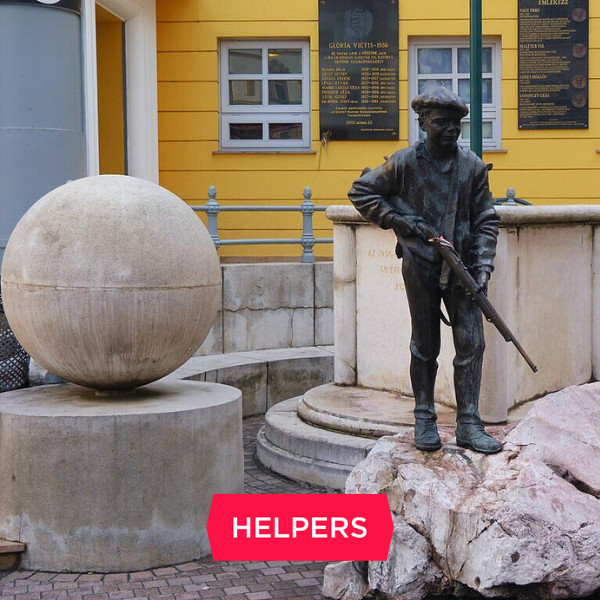
Hungarian Nobel Prize winners
Hungary has given the world several Nobel Prize winners, who each contributed to making the world a better place through their significant contributions to science and art. Unfortunately, many of them achieved their successes while working outside Hungary. Some of them were not born in Hungary, but are considered Hungarian due to their upbringing and ancestry.
Hungary has given the world several Nobel Prize winners, who each contributed to making the world a better place through their significant contributions to science and art. Unfortunately, many of them achieved their successes while working outside Hungary. Some of them were not born in Hungary, but are considered Hungarian due to their upbringing and ancestry.
Nobel prizes awarded to Hungarian or Hungarian-born scientists and creators
2023, Physiology or Medicine
Katalin Karikó (1955, Szolnok – ), together with Drew Weissman for their discoveries concerning base modifications that enabled the development of effective mRNA vaccines against COVID-19.
2023, Physics
Ferenc Krausz (1962, Mór – ), together with Pierre Agostini and Anne L’Huillier for experimental methods that generate attosecond pulses of light for the study of electron dynamics in matter. His results are used in several fields, including medicine and laser experiments.
2002, Literature
Imre Kertész (1929, Budapest – 2016, Budapest), for writing that upholds the fragile experience of the individual against the barbaric arbitrariness of history. His writing is based on the trauma of the second world war and his experiences in the concentration camps.
1994, Economics
John Harsanyi (János Harsányi, 1920, Budapest – 2000, Berkeley, USA), together with John F. Nash Jr. and Reinhard Selten for their pioneering analysis of equilibria in the theory of non-cooperative games.
1994, Chemistry
George Andrew Olah (György Oláh, 1927, Budapest – 2017, Beverly Hills, USA), for his contribution to carbocation chemistry. His work led to a better understanding of chemical bindings, which has broad implications.
1986, Peace
Elie Wiesel (1928, Máramarossziget, Romania – 2016, New York, USA), for being a messenger to mankind: his message is one of peace, atonement and dignity. After losing his family to the concentration camps in the second world war, he worked for the world to remember and learn from the Holocaust. In his words: “The opposite of love is not hate, but indifference”.
1986, Chemistry
John Charles Polányi (János Károly Polányi, 1929, Berlin, Germany –), together with Dudley R. Herschbach and Yuan T. Lee for their contributions concerning the dynamics of chemical elementary processes. Their research was of great importance for the development of a new field of research in chemistry – reaction dynamics – and provided a much more detailed understanding of how chemical reactions take place.
1976, Economics
Milton Friedman (1912, New York, USA – 2006, San Francisco, USA), for his achievements in the fields of consumption analysis, monetary history and theory and for his demonstration of the complexity of stabilization policy. He gave us the terms “money matters” and “only money matters”, while the widespread debate on Friedman’s theories also led to a review of monetary policies pursued by central banks.
1976, Physiology or Medicine
Daniel Carleton Gajdusek (1923, New York, USA – 2008, Tromsø, Norway), together with Baruch S. Blumberg for their discoveries concerning new mechanisms for the origin and dissemination of infectious diseases. Gajdusek studied the diseases of the brain, including Kuru, a form of spongiform encephalopathy (a type of disease that causes brain tissue to degenerate).
1971, Physics
Dennis Gabor (Dénes Gábor, 1900, Budapest – 1979, London, UK), for his invention and development of the holographic method, which has a wide range of applications in security, information technology, image reconstruction, art, and various other fields.
1963, Physics
Eugene Paul “E. P.” Wigner (Jenő Pál Wigner, 1902, Budapest – 1995, Princeton, USA), for his contributions to the theory of the atomic nucleus and the elementary particles, particularly through the discovery and application of fundamental symmetry principles. He also participated in the Manhattan Project in the group that created the first plutonium producing nuclear reactor in 1942.
1961, Physiology or Medicine
Georg von Békésy (György Békésy, 1899, Budapest – 1972, Honolulu, USA), for his discoveries of the physical mechanism of stimulation within the cochlea. Originally, he studied chemistry, but after the Great War he started working for the Hungarian Post, where he was assigned to making better microphones for telephones. This led to him learning more about acoustics and how the human ear works.
1943, Chemistry
George de Hevesy (György Hevesi, 1885, Budapest – 1966, Freiburg im Breisgau, Germany), for his work on the use of isotopes as tracers in the study of chemical processes. The method has since come to play a key role in chemistry, biology, and medicine.
1937, Physiology or Medicine
Albert Szent-Györgyi (1893, Budapest – 1986, Woods Hole, USA), for his discoveries in connection with the biological combustion processes, with special reference to vitamin C and the catalysis of fumaric acid. Vitamin C is also called ascorbic acid due to its key role in preventing scurvy, a disease that caused the death of millions of sailors and soldiers throughout history.
1925, Chemistry
Richard Adolf Zsigmondy (1865, Vienna, now Austria – 1929, Göttingen, Germany), for his demonstration of the heterogenous nature of colloid solutions and for the methods he used, which have since become fundamental in modern colloid chemistry. His idea that led to the creation of the ultramicroscope in 1902, which he further developed, and he presented the immersion ultramicroscope in 1912.
1914, Physiology or Medicine
Róbert Bárány (1876, Vienna, now Austria – 1936, Uppsala, Sweden), for his work on the physiology and pathology of the vestibular apparatus. His discovery that injecting cold or warm water into a patient’s ear makes the fluid in the inner ear rise or fall had a major impact on the treatment of diseased of the inner ear.
1905, Physics
Philipp Eduard Anton von Lenard (Fülöp Lénárd, 1862, Bratislava, now Slovakia – 1947, Messelhausen, Germany), for his work on cathode rays. His work led to the discovery of electrons and X-rays, and contributed to the development of the atomic model by Rutherford in 1911.
Hungarian talent is all over the world
While Hungary is proud of its Noble Prize winners, there are other ways to contribute to the advancement of mankind. Want to learn more about famous Hungarians? See a selection of them here.
Contact
Get in touch today
Monday - Friday
9am - 5pm CET
Helpers Hungary Kft
Budapart Gate
Dombóvári út 27
Budapest 1117, Hungary
If you’re visiting us, please use entrance A and come to the 2nd floor.





